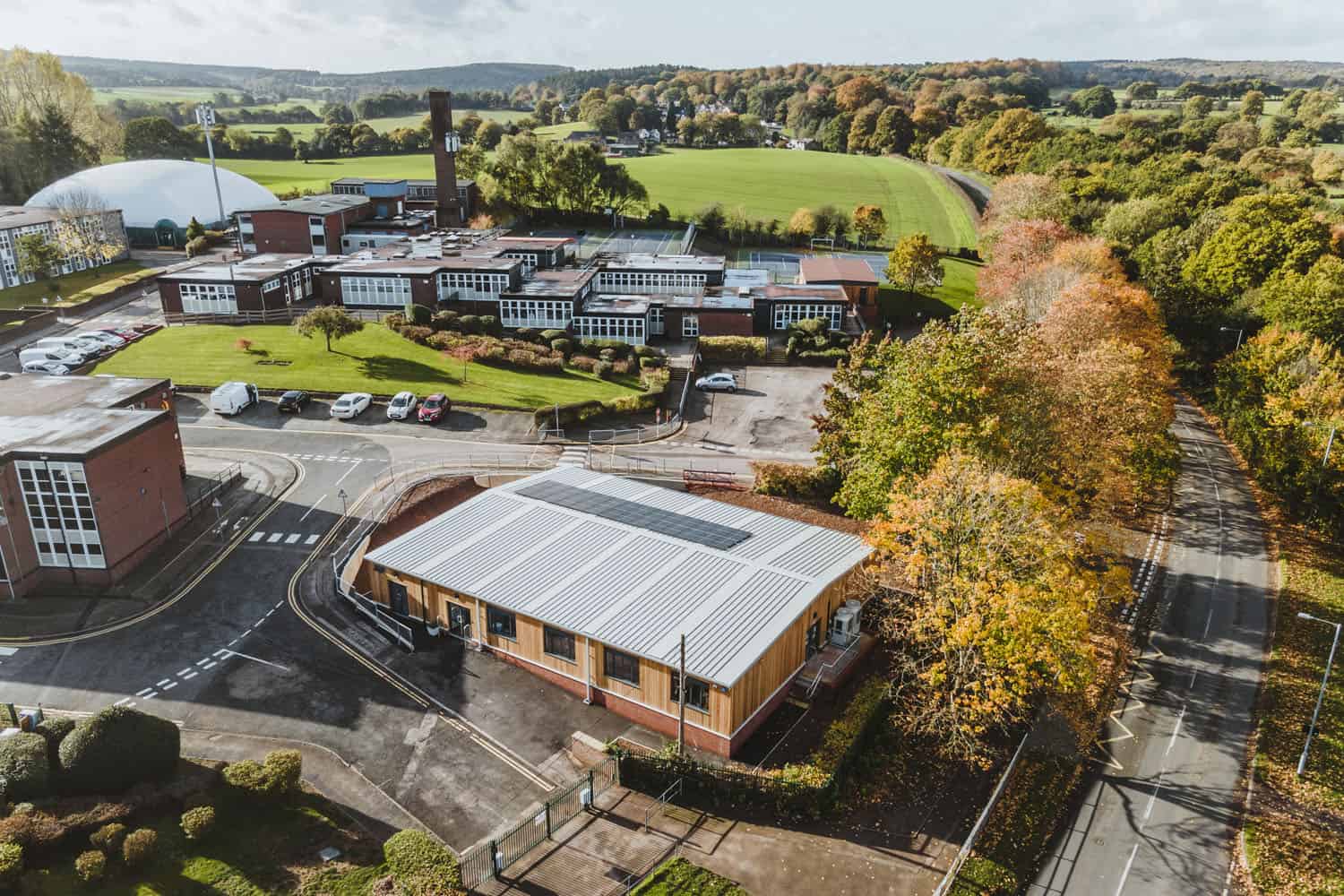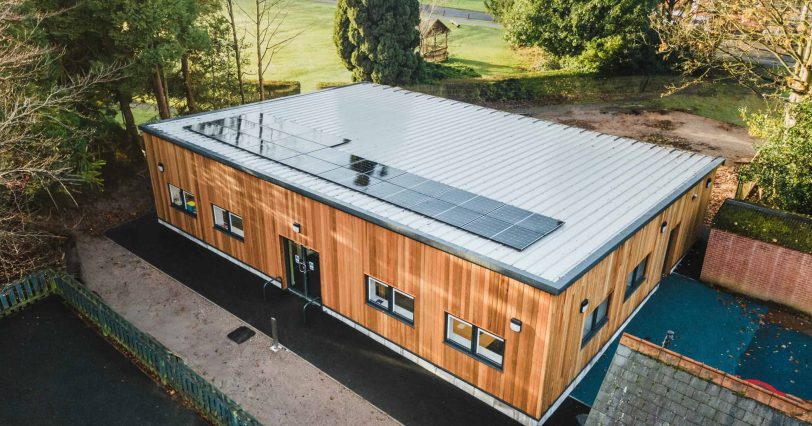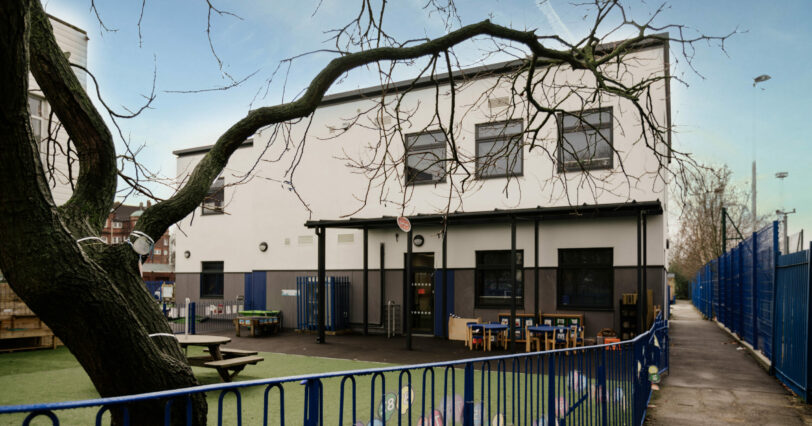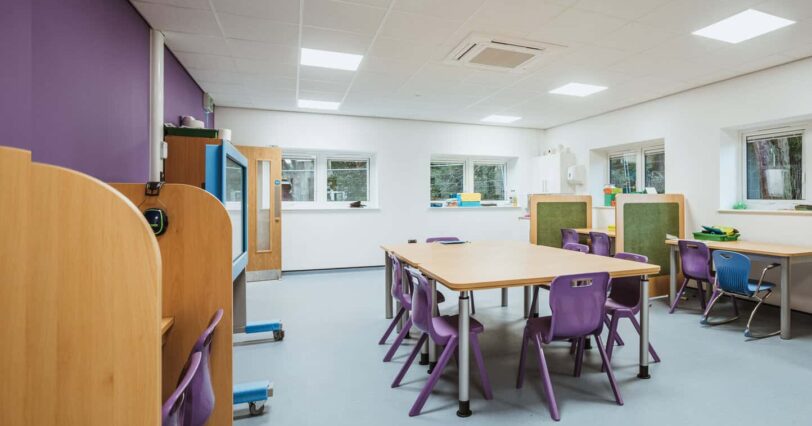Climate change-related risks are becoming increasingly real for schools. According to latest climate model predictions, extreme overheating in schools is anticipated to increase fivefold by 2050, leading to up five lost days of learning a year.
At the same time, rain showers are becoming heavier and set to rise by 59% over the next five years alone, making flooding more of a frequent challenge for schools to contend with. Between October 2024 and January 2025 alone, the UK was hit by five storms, causing widespread disruption.
With almost 40 million children a year being impacted globally by extreme weather events, the Government has called for proactive action. This involves futureproofing entire educational estates to make sure they are robust enough to withstand more extreme weather conditions and enable staff to keep disruption to an absolute minimum.
Positive steps forward
The good news, is that some positive steps forward have already been made in relation to prioritising resilience and making sure high-quality teaching continues to take place. For example, the now completed Climate Resilient Schools programme saw the Department for Education and Thames Water join forces to make 100 schools in London more resilient to the impact of climate change.
Building sustained resilience against climate change-related risks is no easy feat. However, there are some proactive measures schools can, and should, adopt in the short, medium and long-term.
How schools can start to build resilience now
Scope out all current and future risks
Assessing the current vulnerabilities, such as the proximity to flood zones, condition of ageing infrastructures and overheating risk, is essential in understanding where any potential pitfalls may exist. At the same time, regular assessments are crucial for assessing the impact of current and future climate-related risks as they evolve.
Make the necessary upgrades
Switching out old, single-glazed windows with thermally efficient alternatives can make a significant difference. This one change alone can prevent classrooms from overheating in the summer and ensure they retain the heat in the winter. And of course, investing in modern windows also delivers wider benefits, including improved sound insulation and lower energy bills.
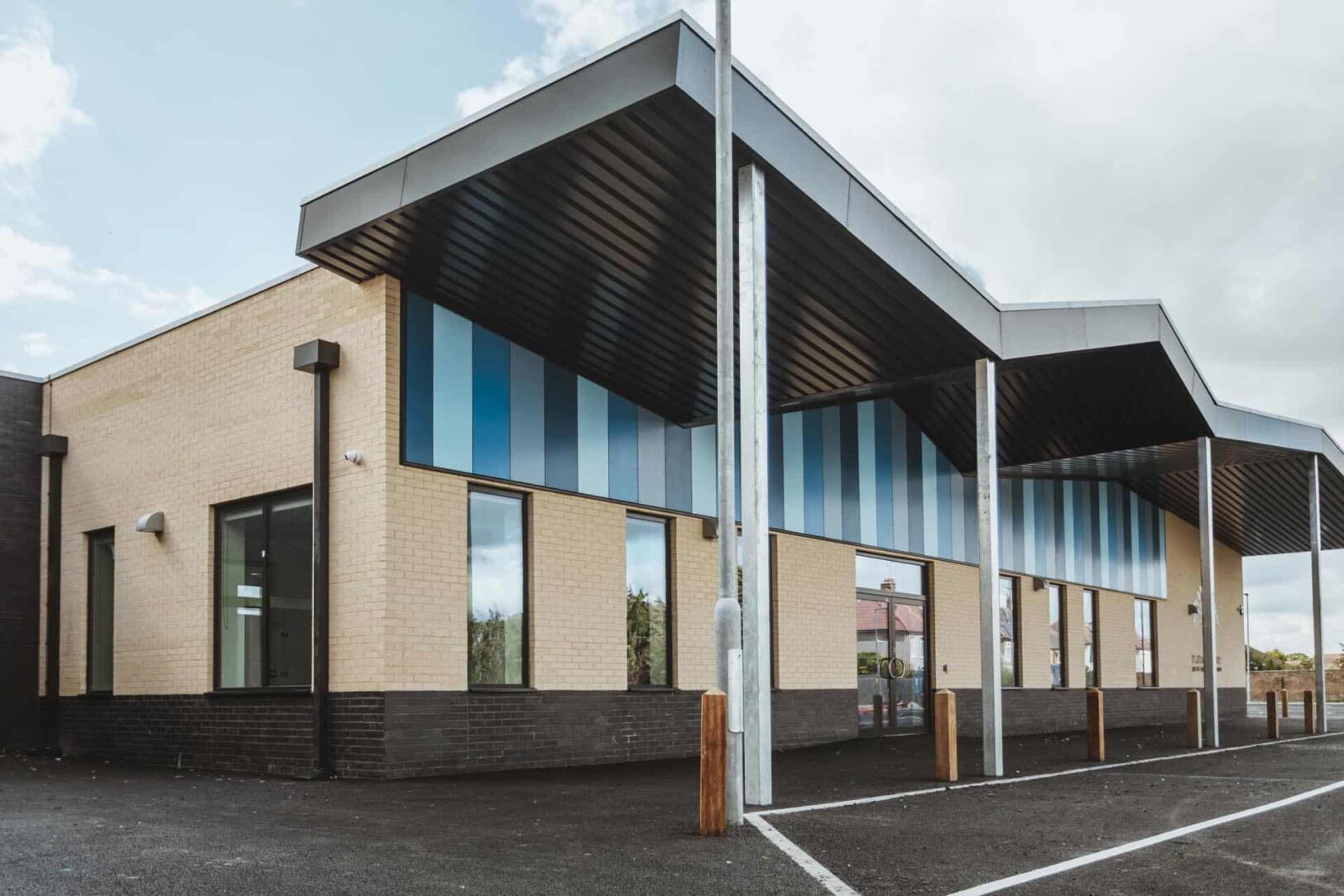
Invest in renewable and sustainable building materials
This includes solar panels, rainwater harvesting systems, mechanical heat recovery ventilation and low energy lighting, which are just some of the measures being successfully adopted by forward-thinking schools in their quest to become net zero in operation.
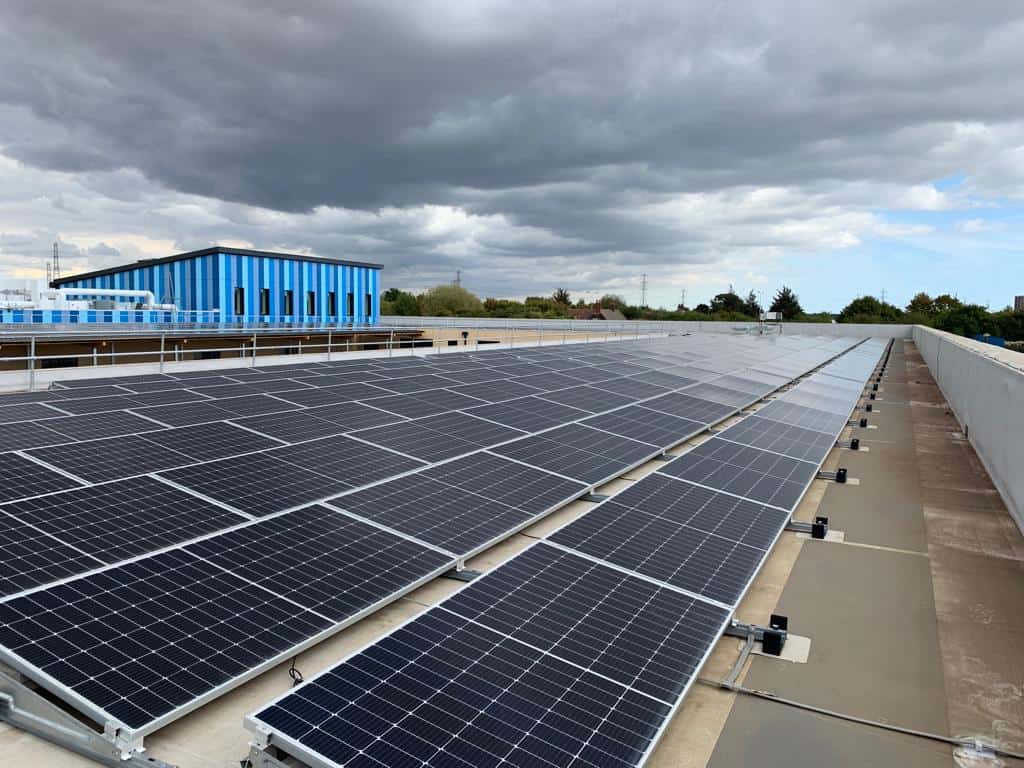
Create a sustainability-focused culture
Schools have been widely recognised as playing a key role in empowering the next generation to become more sustainability focused. This can be as simple as setting up recycling schemes, creating compost heaps, encouraging walking and growing their own produce.
Climate resilience is no longer an option, it is a necessity. Fortunately, we are already starting to see it taking shape within many educational spaces, providing valuable lessons that can be built upon and shared far and wide by schools for many years to come.


